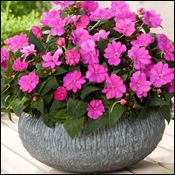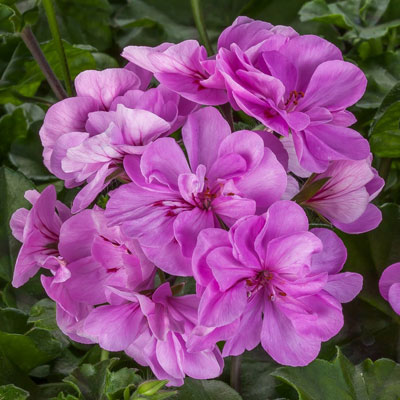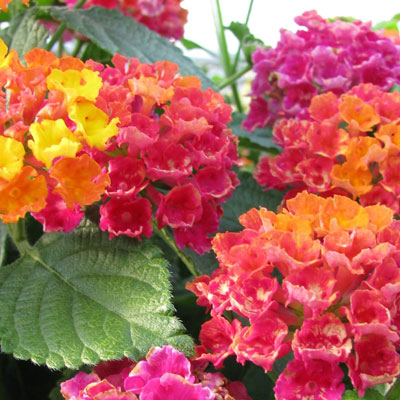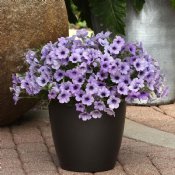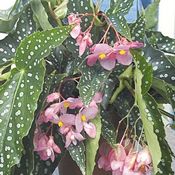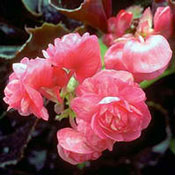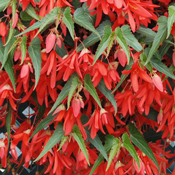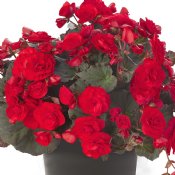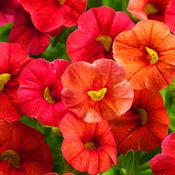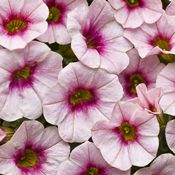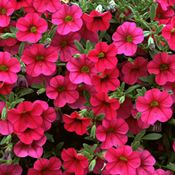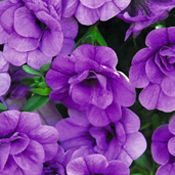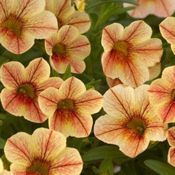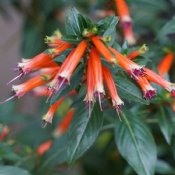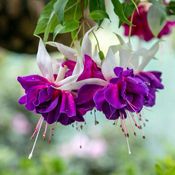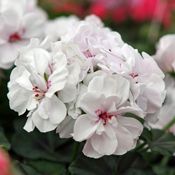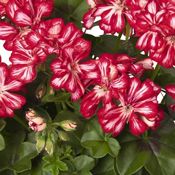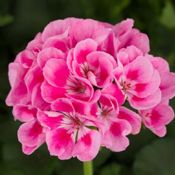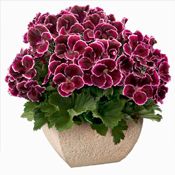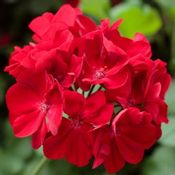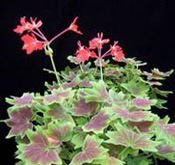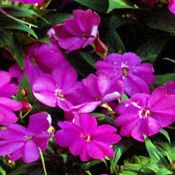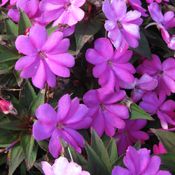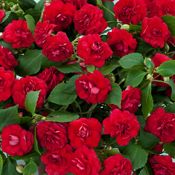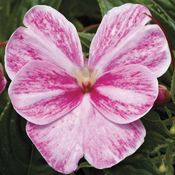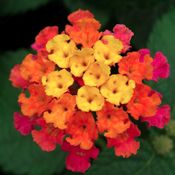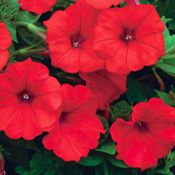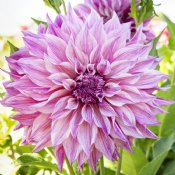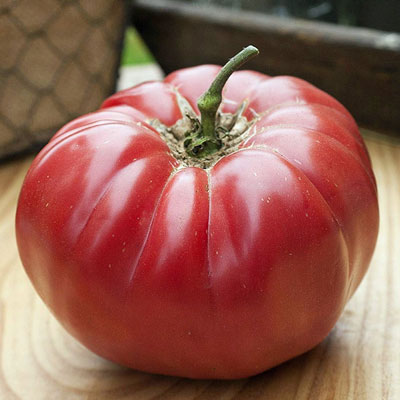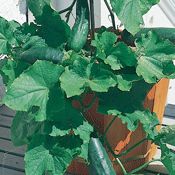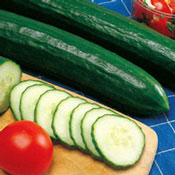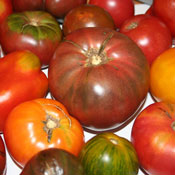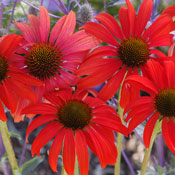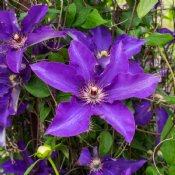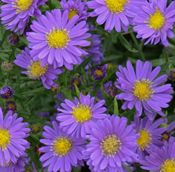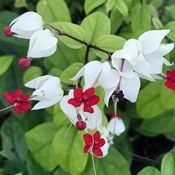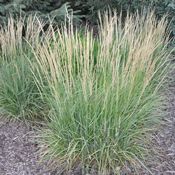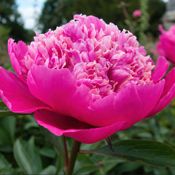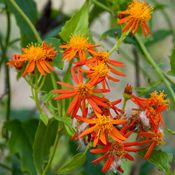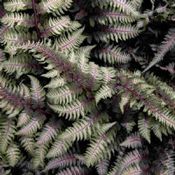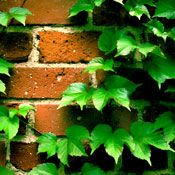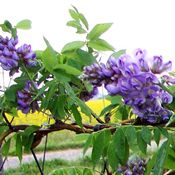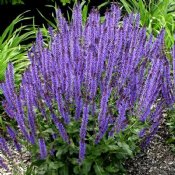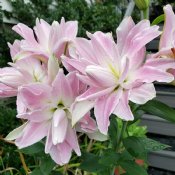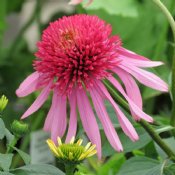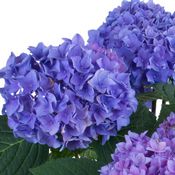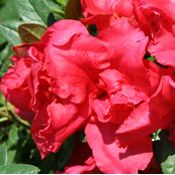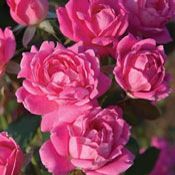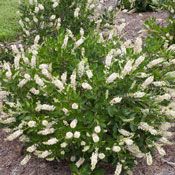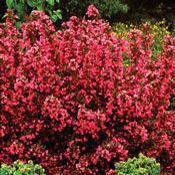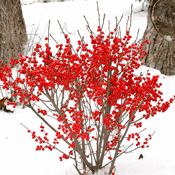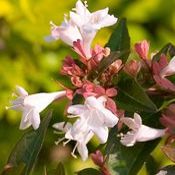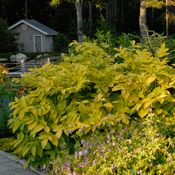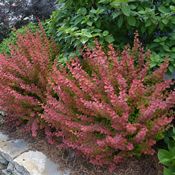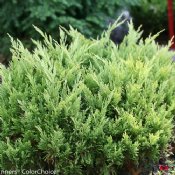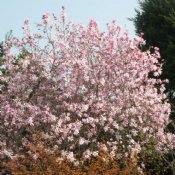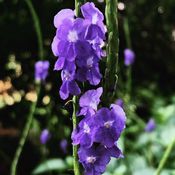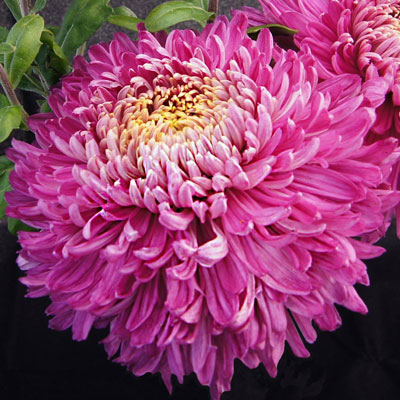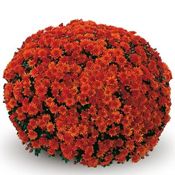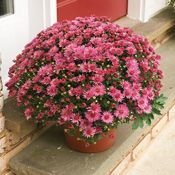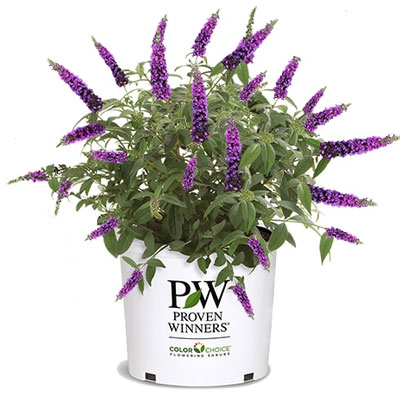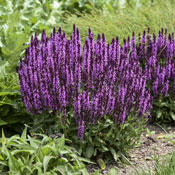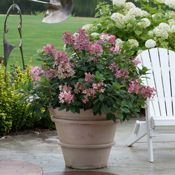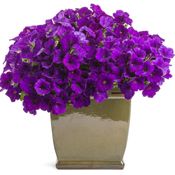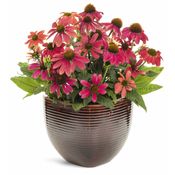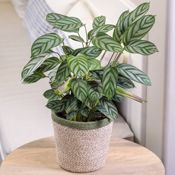
Transforming shady areas of your garden into vibrant and colorful flower beds may seem challenging. However, with the right plants and a touch of creativity, these spaces can become stunning displays of color and texture. This guide will help you select the best annual plants for your shady flower beds or patios, turning them into dynamic, visually appealing areas.
Embracing the Shade: An Artist’s Palette
Shaded parts of your garden are unique opportunities to showcase the beautiful varieties of shade-loving plants that have not previously graced your landscape. Like an artist with a canvas, you can use these areas to create a living work of art. The interplay of shifting light and shadow will add depth and interest, making your garden an ever-changing panorama.
Five Colorful Annuals for Shady Flower Beds

1. Begonias:
Types: There are many types, including Wax Begonias, Tuberous Begonias, And Angel-Wing Begonias.
Colors and Blooms: They come in a variety of colors like red, pink, orange, and white. The flowers are often small, but are plentiful, providing a vivid display.
Growing Conditions: Begonias prefer a bit of morning sun and afternoon shade. They need well-draining soil and should be watered regularly: be careful not to overwater.
Winter Care: In colder climates, Tuberous Begonias can be dug up and stored indoors during the winter months. Wax Begonias can often survive as houseplants if they are brought inside.

2. Coleus:
Foliage Variety: Coleus is celebrated for its stunning and colorful foliage and for the amazing selection of patterns on its leaves. You will find green, pink, yellow, red, and purple foliage, and every imaginable shade in between.
Light Requirements: These plants grow best in partial shade but can tolerate more sun if kept consistently moist.
Use in Landscaping: Excellent for adding color, its foliage will complement other flowering plants or greenery. Coleus plants are perfectly at home in hanging containers or baskets and makes a stunning pathway border.
Maintenance: Pinch back newly emerging tips to encourage bushier growth. Removing the barely noticeable flower spikes will direct all of the plant’s energy to its foliage.

3. Ipomoea (Sweet Potato Vine):
Leaf Varieties: The leaves may be heart-shaped or palmate (meaning its leaflets are growing from a central point, possibly resembling the shape of a human hand). Colors will range from lime green to dark purple.
Growth Habits: Sweet Potato Vine is a fast grower, making it great for a quickly growing ground cover or for spilling over the sides of your containers or hanging baskets.
Light Requirements: Ipomoea prefers partial to full shade but can adapt to various light conditions.
Use in Combinations: This annual plant is often used in combination with other plants in containers for its contrasting and trailing foliage.

4. SunPatiens:
Hybrid Advantages: SunPatiens Impatiens are a hybrid variety of impatiens that are more sun-tolerant and disease-resistant than traditional impatiens.
Color Choices: These impatiens plants are available in numerous colors, including pink, red, coral, fuchsia, lavender, orange, and white.
Ideal Conditions: SunPatiens plants thrive in partial to full shade and require well-draining soil. However, they are adaptable to various climates.
Self-Cleaning Nature: The flowers are self-cleaning, which means they drop off after blooming, negating the task of deadheading to keep them looking attractive.

5. Torenia (Wishbone Flower):
Flower Characteristics: Torenia flowers closely resemble snapdragons and often have a unique wishbone-shaped stamen with a yellow throat or ‘tongue’.
Color Palette: These annual plants are commonly found in dual hues of blue, purple, yellow, pink, and white.
Shade Tolerance: The Wishbone Flower blooms prolifically, even in full shade.
Heat Resistance: Torenia is more heat-tolerant when compared to many other shade-loving annuals.
Planting and Care Tips
- Assess the Shade: Different plants thrive in different types of shade, so choose accordingly.
- Soil Preparation: Enrich the soil with compost for better drainage and growth.
- Watering: Regular watering is key, especially in warmer weather.
- Fertilizing: Use a balanced (10-10-10), slow-release fertilizer every two weeks for the healthiest
- plant development.
- Pruning and Deadheading: Regularly remove spent flowers to encourage more blooming, unless
- the plant is self-cleaning.
- Mulching: Mulch helps retain moisture and suppress weeds around your plants.
Designing with Shade-Loving Annuals
- Create Contrast: Mix plants with contrasting colors and textures for a more dynamic garden.
- Layering: Use plants of varying heights to add depth to your flower beds.
- Containers and Baskets: Using containers and hanging baskets allows you to create a display
- with varying eye-catching heights and complementary hues.
- Seasonal Changes: Embrace the evolving appearance of your garden and container with the seasonal, shifting light conditions.
The Annuals Have It!
Shady areas in your garden don’t have to be boring or go unnoticed. With these plant suggestions and tips you can create a colorful, thriving garden or patio that reflects your unique style. We invite you to experiment with these shade-loving plants and enjoy the process of transforming your shady garden spots into beautiful, flourishing additions to your outdoor spaces.

